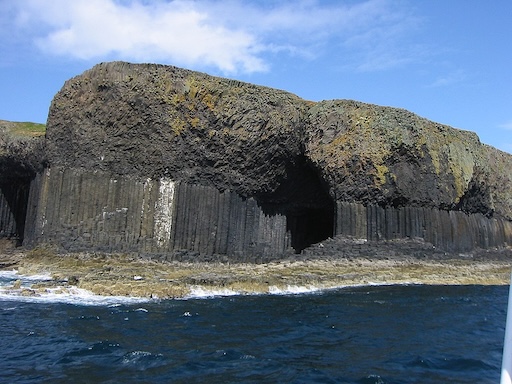
Imagine a cathedral—arched roof, stone pillars, acoustics that catch and carry every breath. Now imagine it carved not by human hands, but by ancient lava, ocean tides, and time itself. This is **Fingal’s Cave**, a natural sea cave hidden in the remote Isle of Staffa in western Scotland. And unlike any other cave, this one sings.
With its towering basalt columns arranged like a perfect stack of hexagonal pipes, Fingal’s Cave doesn’t just impress the eye—it stirs the soul. It has inspired composers, poets, painters, and travelers since it was rediscovered by the world in the 18th century. It’s one of those rare places where geology feels like poetry.
The Stone Symphony of Nature
Fingal’s Cave is part of the uninhabited Isle of Staffa, a small island in the Inner Hebrides. It might be tiny—less than a mile long—but its geology is colossal. The cave is formed entirely of basalt columns, the result of volcanic activity about 60 million years ago. As the lava cooled, it cracked into almost-perfect hexagons, forming long vertical shafts of rock that now line the island like organ pipes.
This isn’t unique to Staffa—you’ll find similar formations at the Giant’s Causeway in Northern Ireland—but Fingal’s Cave has something else: **a voice**. When waves roll into the cave’s 20-meter-high vaulted chamber, they don’t crash—they resonate. Deep, haunting tones echo through the hollow, like Gregorian chants born from sea foam.
How Mendelssohn Turned It Into Music
In 1829, a young German composer named Felix Mendelssohn took a boat trip to the Hebrides. When he visited Fingal’s Cave, he was so overwhelmed that he didn’t write words—he wrote music. That night, he began composing what would become *The Hebrides Overture* (also known as *Fingal’s Cave*), a piece that captures the rhythm of the sea, the grandeur of the stone, and the mystery of isolation.
The music doesn’t try to mimic the cave—it evokes it. Swells of sound mirror the tides, while dark orchestral undertones suggest something ancient and unspoken. You don’t need a ticket to hear it today—just search it up before your trip and play it while staring into the mouth of the cave. It’s a full-sensory experience.
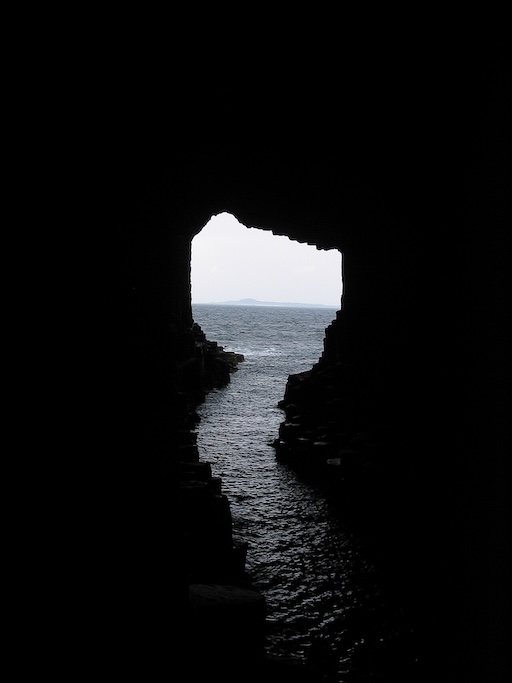
The Gaelic Legend of Fingal
The cave’s name comes from the Gaelic “Uamh-Binn,” meaning “Cave of Melody.” But it was romanticized as “Fingal’s Cave” in the 18th century, referencing the mythical Irish hero Fionn mac Cumhaill (anglicized as “Fingal”). Legend has it that Fionn built a bridge from Ireland to Scotland—his side ended at the Giant’s Causeway, and the other at Fingal’s Cave.
Folklore says Fingal used the cave as a resting place, a throne room, or even a gateway to the underworld, depending on who’s telling the story. And honestly? Once inside, it's easy to believe. The cave is tall, echoing, and dimly lit by filtered sunlight—it feels less like a hole in the rocks and more like a passage into another realm.
Famous Footsteps
Fingal’s Cave might be remote, but it has no shortage of famous admirers. Queen Victoria visited in 1847, declaring the cave "astonishing." Jules Verne referenced it in *Journey to the Center of the Earth*. Artist J.M.W. Turner painted it in stormy splendor. Even Pink Floyd named a lost track after it.
But it’s not just the famous who fall under its spell. Every traveler who sets foot on Staffa—or sails beside it—seems to leave changed. There’s something about the place that lodges in your memory and hums quietly forever, like a note from a dream you can’t quite shake.

Getting There Is Half the Wonder
Fingal’s Cave isn’t easy to reach—and that’s part of the magic. First, you’ll need to make your way to the west coast of Scotland. Most tours depart from Oban, Mull, or Iona. From there, a boat ride (usually 45–75 minutes) will take you across often-choppy waters toward Staffa.
If the seas are calm and the tides are low, boats will dock at the island’s natural landing spot. A short hike over volcanic terrain leads you to the mouth of the cave. There’s a stone pathway—formed naturally by the same basalt columns—that lets you walk along the edge and peer into its eerie interior.
Be warned: in rough weather, landings may be canceled. But even viewing the cave from the water is unforgettable. The visual drama of those geometric columns, rising from the Atlantic like a pipe organ played by the waves, is a spectacle in itself.
What to Expect on Staffa
Staffa is wild and uninhabited. There are no facilities—no restrooms, no cafes, no shelters. Just you, the wind, the puffins (yes, there are puffins in season!), and the sea. The island is protected by the National Trust for Scotland and remains gloriously untouched.
In spring and summer, you may see wildflowers and nesting seabirds. The Atlantic breeze is ever-present, and the silence—when the sea isn’t speaking—is profound. You may find yourself whispering, as though raising your voice would somehow break the spell.
A Place That Feels Alive
There’s something alive about Fingal’s Cave. Not in the biological sense, but in the feeling you get when you're there. The cave breathes with the tide, groans with the rock, and sings with the wind. You’re not just observing nature—you’re inside its voice.
It’s the kind of place where time stops being linear. You feel small, yes, but also oddly welcome. Like the cave was waiting for you. Like you’re part of a story that’s been echoing for millennia, and for one moment, your footstep becomes part of its rhythm.
Other Wonders to Pair It With
If you’re already making the trip west, there are other lesser-known gems to explore. The Isle of Iona, just south of Staffa, is home to Iona Abbey—one of Scotland’s most sacred spiritual sites. Back on the mainland, you could head east toward the fairy-filled Fairy Pools on the Isle of Skye.
And if grand historic buildings intrigue you, stop by the haunting beauty of Durham Cathedral, or venture to the southern reaches to uncover the secrets of Dover Castle.
Travel Tips
- Season: Best visited between April and September. Boats don’t run year-round due to weather.
- Clothing: Waterproof everything. Layers. It’s Scotland, and the sea doesn’t care if you checked the forecast.
- Footwear: Sturdy shoes with good grip. You’ll be walking on uneven volcanic rock.
- Book ahead: Staffa tours fill quickly in peak season. Check weather conditions before departure.
- Bring: Snacks, water, binoculars (for puffins), and a good camera.
Why It’s a Hidden Wonder
Because it’s a cave that sings. Because it wasn’t built, but *composed*—by lava, sea, and wind. Because it reminds us that nature doesn’t just form—it performs.
Fingal’s Cave is a reminder that some places don’t need interpretation. They need to be felt. Heard. Walked into slowly. Stood inside quietly. It’s a place that humbles you, holds you in its stone arms, and then releases you back into the world—changed.
So if you're chasing wonder, follow the tides to Staffa. Let the cave welcome you with a song that’s been echoing for eons. And listen closely. Nature’s voice has never been clearer.
Share this story and inspire others.
Tags: Fingal's Cave, Isle of Staffa, basalt columns Scotland, sea cave, Mendelssohn, Scotland wonders, acoustic caves
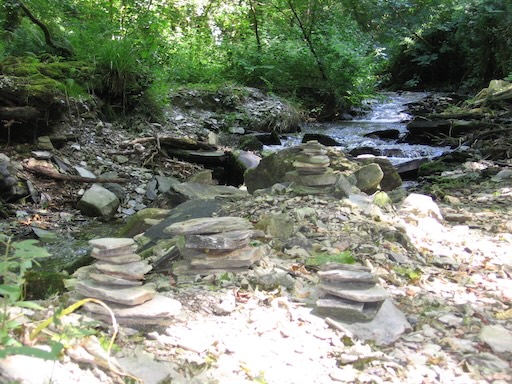 St. Nectan’s Glen – A Hidden Waterfall Steeped in Celtic Legend
St. Nectan’s Glen – A Hidden Waterfall Steeped in Celtic Legend
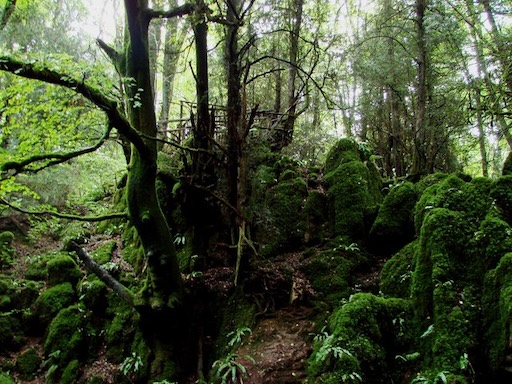 Puzzlewood – A Real-Life Fantasy Forest in Gloucestershire
Puzzlewood – A Real-Life Fantasy Forest in Gloucestershire
 Tower of London – The Fortress That Guards History
Tower of London – The Fortress That Guards History
 The British Museum – Where the World’s Treasures Come to Stay
The British Museum – Where the World’s Treasures Come to Stay
 Alnwick Castle – Where Magic Meets Medieval Might
Alnwick Castle – Where Magic Meets Medieval Might
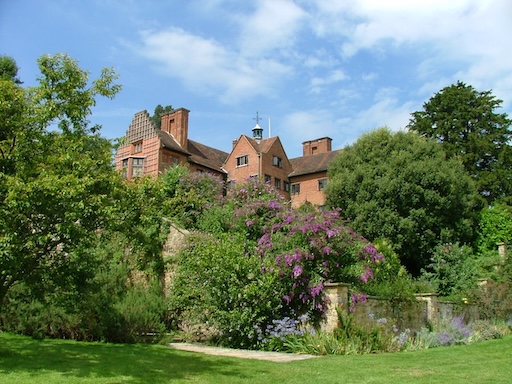 Chartwell House – Where Churchill’s Spirit Still Walks the Halls
Chartwell House – Where Churchill’s Spirit Still Walks the Halls